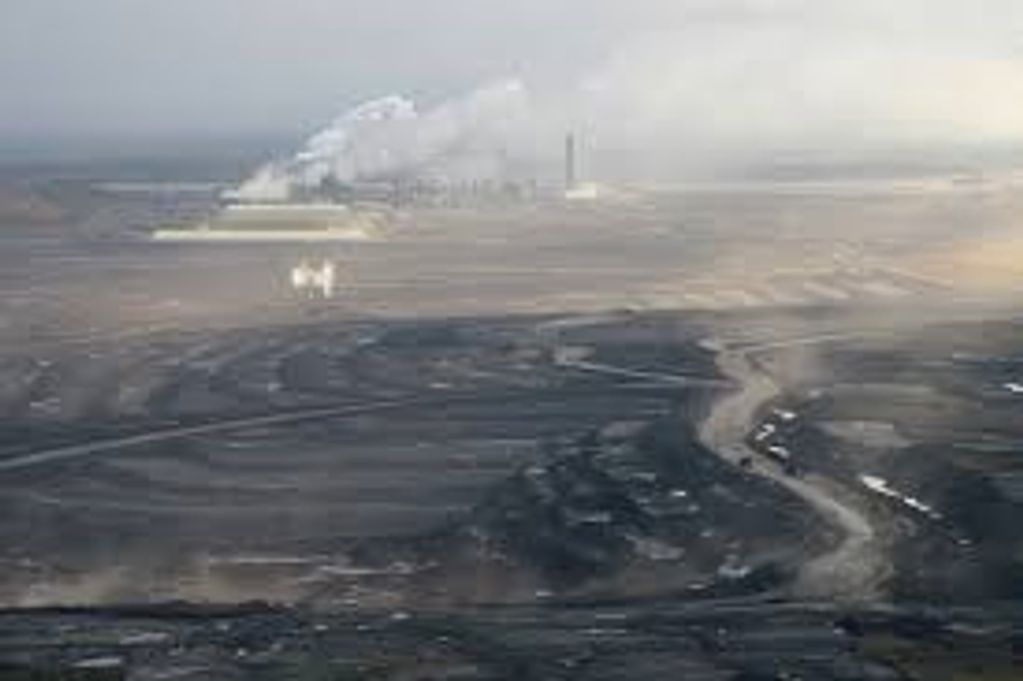Introduction
Comprehensive Lens
As suggested by the pictures above, sustainability is a BIG and perhaps overwhelming subject to many people. As such, some will say it is up to the “government” to solve , or to have faith that “technology” will solve. Although many European countries have made more concerted efforts than the U.S. and other countries, there is still a long way to go there as well. In the U.S. despite several useful programs to address specific energy and environmental issues, government is not inclined to aggressively promote vital issues of global sustainability, which may be perceived to interfere with individual rights and liberties and the functioning of the economic system. As they say, “when the people lead, the leaders will follow.” We hope that this adage will continue to be true, as we note that the leadership to combat climate change issues in the United States has passed from the federal government to the state and local governments and individual citizens.
On this website we view sustainability through a comprehensive lens, which includes roles for technology, government, private sector, and individual citizen consumers. (Citizens have a key role because they account for about two-thirds of the economy). However, with respect to citizen response, we must emphasize that ours is not a call for austerity, but rather a call to examine “what” and “how much” is necessary and meaningful in our lives and to suggest that economy can be re-directed by concerned consumers towards improving the quality of life and reducing material consumption of natural resources.
Site Organization
For many, some useful background is provided by “What Is Sustainability and Why Is It Important.” The section entitled “Sustainability Concepts” presents ten important components of sustainability. Equally important, because some concepts may be difficult to comprehend, I have also included a subsection “Up Close and Personal” to relate these ten concepts to everyday life and consumer decisions.
Three other sections entitled “Sustainability Tools” discuss various tools which have been developed to help effect more sustainable practices. The first “Sustainability Tools – Analytical” discusses ways of analyzing and evaluating practices and policies to make them more sustainable. The sections “Sustainability Tools – Consumer” and “Sustainability Tools- Industrial” discuss, respectively, specific programs to help consumers and businesses to incorporate sustainability into everyday activities.
A section entitled “Sustainability Writings” includes various papers which I authored during various stages of my career. A few earlier publications, in fact, pre-date the use of the term “sustainability” but could now be understood in that context. A few others focus upon analyzing and developing sustainable practices, and a few others focus upon the importance of climate change mitigation to a sustainable future.
Finally, to help bring sustainability into the conversation and mainstream for significant public issues, there is a website “Hot Topics” commentary from time-to-time with an opportunity for reader responses.
Photo Gallery

Gulf Dead (Hypoxic) Zone (by NOAA)

Biodiversity Hotspots (by Conservation International)

Oil Sands

Desertification in African Sahel (by Wikipedia)
Video